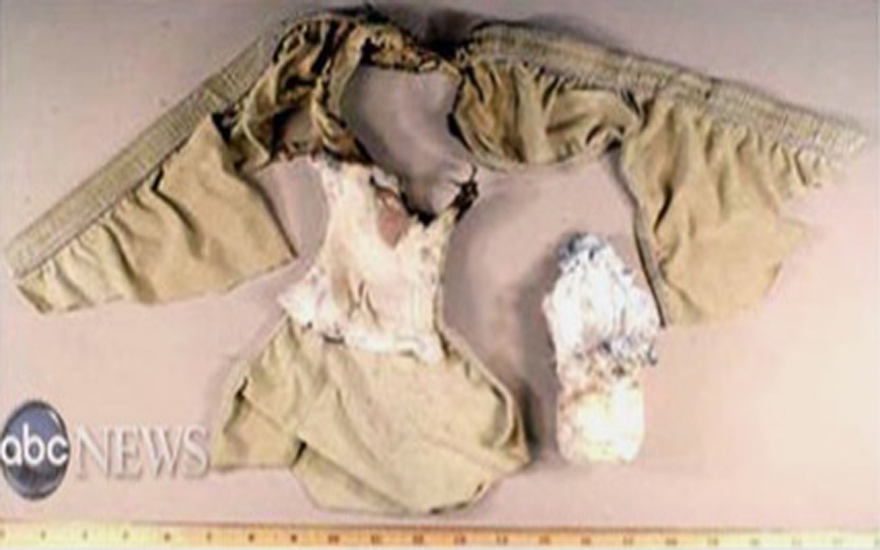The Bomber that Stripped Us Naked
He will probably be known as the underwear bomber.
Like the shoe bomber before him, Umar Farouk Abdulmutallab tried to detonate a bomb that was hidden in a piece of clothing. But the explosive device sewn into the Nigerian’s underwear, which seems as if it was meant to go off as Northwest Airlines flight 253 was descending over the northern US city of Detroit on December 25, has ostensibly not been the only Al-Qaeda-designed bomb placed in the nether regions of a man’s body.
On August 28, 2009, a man named Abdullah Hassan Taleh Al-Asiri killed himself during a failed assassination attempt on Saudi deputy interior minister Prince Mohammed bin Nayef. This August 2009 underwear bomb was mentioned in an article by Mohammed Hanif here, however some reports, like this one by Stratfor in September, say that the bomb was hidden beyond the briefs: in the bomber’s anal cavity.
Both of the bombers, according to reports, were associated with Al-Qaeda in the Arabian Peninsula, also known as AQAP. The bombs of both militants, ostensibly, contained the same powerful explosive material PETN (pentaerythritol tetranitrate). And most importantly, both bombers managed to get to their targets but only failed because of technical reasons (terrorist wardrobe malfunctions?).
So from here on out, how will security agents find bombs hidden inside underwear?
Some experts have talked about sniffer dogs. In some airports and high-value tourist sites (e.g. CN Tower in Toronto), ion mobility spectrometers, such as the IonScan Sentinel II manufactured by Smiths Detection, are used to screen for traces of explosives or narcotics by shooting puffs of air “to dislodge particles trapped on hair, the body, clothing and shoes.”
The “naked scanner” can help too. Scientific American wrote about these whole-body imaging machines back in 2007 and they have been tried out (and in some cases are being used) in airports in the US, Canada and the UK. The machines use backscatter x-ray technology that can see underneath clothing and in essence would allow screeners to see “every detail of each individual scanned.”

Hot pants: US officials release the photo of Abdulmutallab’s underwear packed with a wad of PETN. Courtesy: ABC News
Security experts like the “naked scanner” because it is quick, accurate and makes the uncomfortable pat-down unnecessary, while going further than the pat-down ever could. Of course, it could be easily argued that the pat-down is much less intrusive than a machine that renders people naked in high-quality images. “Backscatter systems are very good at imaging organic material,” writes Julia Layton at howstuffworks.com (which has some pictures showing how detailed the images can be). “They easily pick up the scatter patterns of drugs and explosives and body parts. This ability to detect and identify organic material, along with a technology called ‘Flying Spot’ that lets the machine pinpoint the location of a particular X-ray beam at any given moment in time, allow backscatter images to be incredibly accurate and lifelike.”
It’s no wonder then that there is huge opposition to this technology, especially by the US-based Electronic Privacy Information Center (EPIC), which has filed lawsuits against the Department of Justice and the department of Homeland Security in the last two months of 2009. The US Congress did pass a bill in mid-2009, though, that does limit the use of whole-body imaging on aircraft passengers. In short, the bill states that the technology must be explained to passengers and a pat-down search must be offered as an alternative screening option.
But given that airport security has been proven once again to be ineffective, the scared public may want less privacy and more invasive technology for everyone in the name of saving lives.
Who knows, the latest underwear bomber may have helped to blow the underwear off us all.



